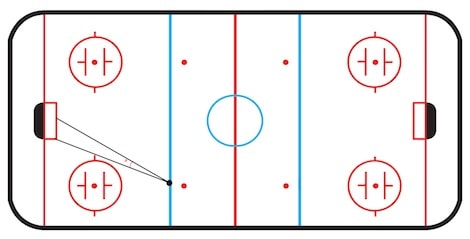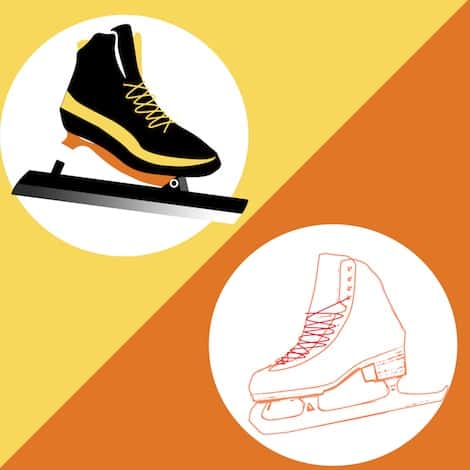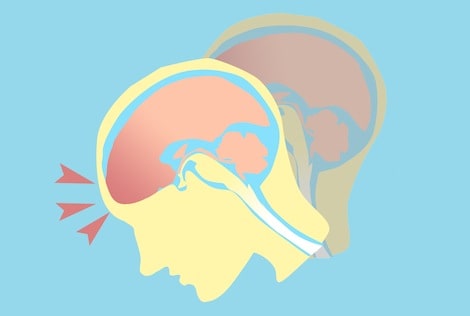The science of the swing

NANCY JI/THE VARSITY
Multiple sports, such as tennis, golf, hockey, and baseball, rely on the perfect swing The simplest way to look at the science of the swing is through energy transfer mechanics: when an object strikes another object, the energy involved in that collision will be transferred. A batter swinging at a ball needs to hit the ball with enough force such that the ball both changes direction and moves with significant speed.
Of course, swinging is more than just brute force; an athlete must also aim. A popular problem in Canadian physics classes asks students to calculate the maximum angle at which a hockey player can direct the puck in order for the puck to hit the net from various positions on the ice. The angle shrinks as the defense pushes the offense from the centre and as the goalie comes out to “cut-off the angle.”
The decisions that an athlete makes about angle and force are influenced by their equipment. A heavier bat or a more flexible stick will provide more force to the ball or puck but an athlete might sacrifice some of his or her control. Even seemingly small decisions can have implications.
Tennis players are extraordinarily picky about the tension in the string of their racquets. The correct amount of tension allows players to control spin and power of the ball. Incorrect tension and vibrations from the collision between the racquet and the ball will travel up the athlete’s arm and could cause or aggravate tennis elbow.
The idea of minimizing vibrations in equipment and thus the loss of energy in the collision explains the science behind the “sweet spot” on baseball bats and racquets. If a collision is made at the perfect spot on a node of vibration energy is transferred more efficiently.
Slipping, sliding, & skating

NANCY JI/THE VARSITY
We are able to skate primarily because of friction. When a hockey player or figure skater steps onto the rink, the force of friction between the skate and the ice surface “melts” a thin layer of molecules. It is on this thin layer of molecules that skaters glide.
You may think that the molecules on the surface of the ice are liquid water. This is incorrect. The surface physics of ice are poorly understood. Research on the physics of the skating surface began in 1886, and continues today. We know that the molecules on the surface are not the same as liquid water, nor are they molecules of solid ice: the most accurate description might be “liquid-like.”
The differences between hockey and figure skating are well-known. The grace and intricacy of figure skaters’ jumps is greatly aided by the relatively warm temperature of the ice which they skate on — the optimal temperature is -4 degrees celsius. Hockey is played at -5 degrees celsius: thus, their ice is harder, which allows them to reach greater speeds, but makes it harder to land jumps.
In speed skating, the ice temperature is -7 degrees. The hardness of the ice does noticeably increase speed. Speed skaters can reach speeds over 50 km/h — about as fast as a car on a city street. Speed skaters work to become more aerodynamic. Their stances and tight equipment reduce drag. The skaters move fast enough to create draft.
Speed skaters also use clap skates; the blade is attached to the boot by a spring-hinge. The skate allows the skaters to remain in contact with the ice for longer periods, which transfers more force during their push. Clap skates are a great example of improvements in science and technology changing a sport. Their rise in popularity in the 1990s directly led to a flood of new world records and a change in safety regulations in competition.
Concussions

NANCY JI/THE VARSITY
Concussions are common brain injuries caused by collisions. A concussion causes changes in brain function and these changes result in a wide range of symptoms. Mild concussions may result in headaches and increased sensitivity to light. More serious concussions can result in permanent brain damage including serious psychological effects like depression.
Brain matter is sensitive and is thus protected from the bone of the skull by a “cushion” of cerebrospinal fluid, in which the brain floats; there is between 100–150 millilitres of fluid in the skull.
During a concussion, a collision results in enough momentum being transferred to the brain that the fluids slow or stop the brain’s movement within the skull. The damage is caused when the brain makes contact with the bone of the skull.
The collision can cause linear, angular, or rotational movement. Rotational movement occurs when the head twists around the neck. Think about the boxer on the receiving end of sharp left hook — their head will rotate sharply to the left as the punch lands. Multiple studies argue that rotational movement is the primary factor in whether a concussion occurs and the severity of concussions.

